
With all the coverage of Norway’s new Svalbard doomsday facility there’s been a lot of talk about seed banks. There is something refreshing about the architecture of seed banks because they don’t have a history – or at least not one that most of us are familiar with. Subsequently the general public doesn’t have architectural expectations rooted in the past when it comes to such facilities. I mean really, how would people feel about a Tudor style seed bank – not very good about the future of seeds I imagine. A Spanish Revival Seed Bank? – better stock up on canned goods. There’s no design baggage with a seed bank – everybody’s grandmother didn’t have a dooms-day seed bank out in the back yard to compare with and get all nostalgic about. It’s as if the architecture of a seed bank is architecturally liberated. Its design can be based purely off of science and function. No historical strings, no sentimental ornament, no Doric columns lining the front porch. We tracked down a couple of noteworthy seed banks and they’re not easy to find, so if you know of any – send them our way.
Walloon Branch of Reproduction Forestry Material in Belgium by Samyn and Partners, 1998
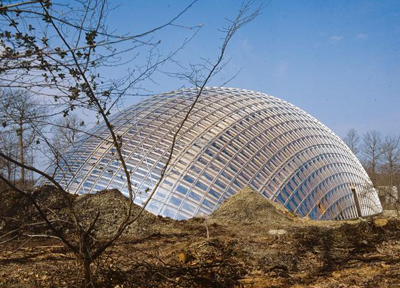
The enveloping structure is made from 200 year old oak trees clamped at the edges in an apron of reinforced concrete. Nestled inside are two secondary buildings housing treatment facilities, workshops, offices and laboratories.


The structure shares a common geometry with the seed itself, at the same time housing the very seeds that its wood beams are made from. It’s got grad-school thesis project written all over it…
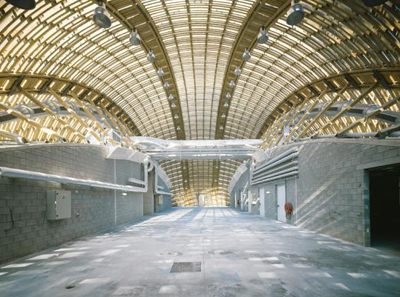

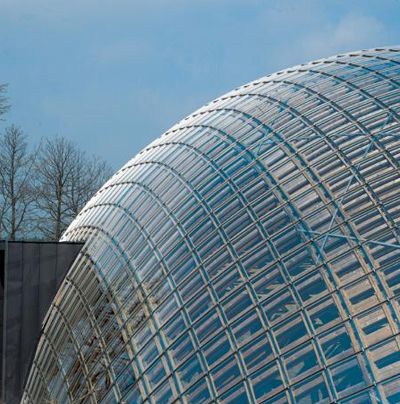

[Photos by Samyn and Partners]
Millennium Seed Bank located at Wakehurst Place in West Sussex, England by Stanton Williams, 2000

The facility includes an underground frozen vault, which preserves the world’s largest collection of seeds. Above ground are laboratory buildings, a museum and a winter garden.

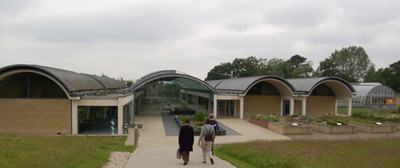
Svalbard Global Seed Vault in Spitsbergen, Norway, 2008
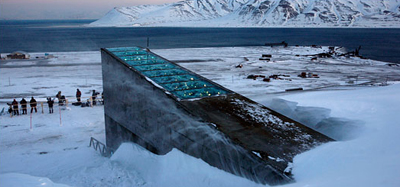
The project is said to have cost $8 million U.S. dollars and extends 390 feet into the sandstone mountain. The large, sparkling metallic sculpture at the entrance is by the Norwegian artist Dyveke Sanne.

[Drawing by The Directorate of Public Construction and Property]







